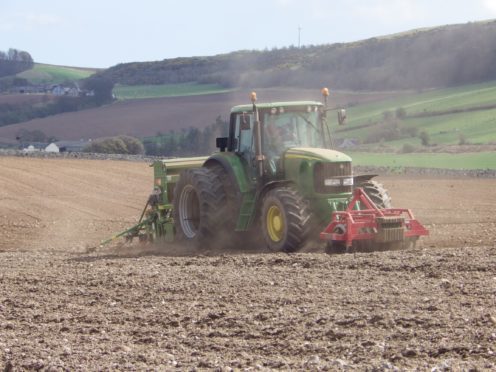Simpler tenancy law and a more business-minded and flexible approach to the sector has been proposed as a formula to unlock more Scottish farmland for let.
An independent discussion paper published by the Scottish Land Commission also calls for “minds to be opened” to a more positive view of letting.
The paper’s author, Jeremy Moody of the Central Association of Agricultural Valuers, maps the decline in the tenanted farming sector over the past century and the complex environment of different rules.
He also addresses the perception among landlords that land letting is “high risk and low return”.
His proposals to improve the current situation include adopting a similar system of income tax relief as that introduced in the Republic of Ireland as a way of increasing land availability, an approach which resulted in a significant increase in lettings following its introduction in 2015.
The report also calls for a shift away from outlooks that see the landlord-tenant relationship as an “adversarial, zero-sum game” and says confidence needs to be built so farmers and landowners they don’t see letting as “pregnant with risk”.
It suggests there should be an open-minded approach to what positive change may be, rather than focussing on specific outcomes such as young new entrants and calls for recognition that all these arrangements are about a mutual deal between parties.
The report states: “The success of contract farming in the combinable cropping world shows what can be achieved without policy where a good business answer is found.
“One task is to create the freedom for such development to happen with tenancies.”
The Land Commission’s tenant farming commissioner, Bob McIntosh, said that for a thriving tenant farming sector, there needed to be a steady flow of new entrants to drive innovation and best practice, improve efficiencies and contribute towards the economic vitality of the sector.
“The commission is looking at ways to stimulate the tenant farming sector and increase the availability of agricultural land,” he said.
“We commissioned this paper to encourage debate around the different approaches and incentives for letting of land.
“We will discuss it at the next meeting of the Tenant Farming Advisory Forum in July and we’d welcome written responses by email ahead of that meeting.
“The different approaches need to be considered alongside the work we’re doing on the current succession and retirement options for farmers and landowners.”
nnicolson@thecourier.co.uk










